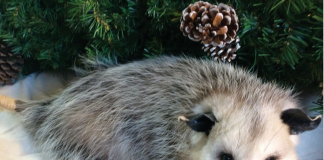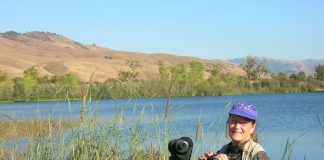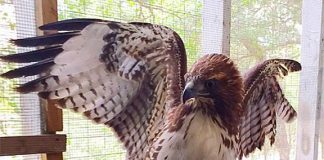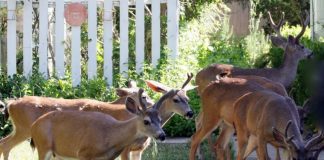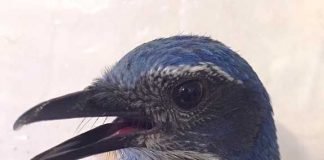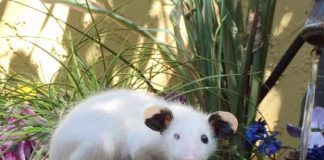Even after 13 years of rehabilitating countless songbirds, raptors, reptiles and assorted mammals, there are still some “mystery critters.” Sometimes it’s because they’re too young to identify, other times because it’s such an unusual animal (to me or to our locality).
The South Bay is abundant with an astonishing variety of avian life. The captivating hobby of birdwatching allows you to discover and appreciate the marvelous diversity of wildlife all around us. At the water’s edge you may see a majestic Great Blue Heron or a reclusive American Bittern; you will learn how to tell the difference between Great and Snowy Egrets; you might be surprised by a crested blue-and-white Belted Kingfisher suddenly diving into the water and emerging with a fish.
Springtime is when wildlife rehabilitators across the country are inundated with wild babies of all kinds. Many of these turn out to be unnecessary rescues by well-intentioned, kind-hearted people. A lot of seemingly abandoned young are actually being cared for by their parents.
Injuries caused from flying into windows are one of the most common reasons for birds being brought to wildlife rehabilitators. Over the years, WERC, the Wildlife Education and Rehabilitation Center in Morgan Hill, has received countless window-bangers ranging in size from tiny hummingbirds to a huge turkey vulture.
Very early on a dark, cold morning in late December in Los Banos, a duck hunter was preparing for the day’s activities when his golden retriever came upon an injured hawk and alerted the hunter.
BECAUSE Santa travels by flying through the sky and landing on roofs, you’re not likely to come into contact with Rudolph or his fellow reindeer while driving home from work or a holiday party. But, you DO need to drive cautiously to avoid their cousins, black-tailed deer, which are often to be found crossing local roads during deer breeding and migrating season (October to December). Even in the daytime, they can be found close to our suburban developments, browsing on acorns, berries, fungi, grasses, sage, lichen, nuts, and shrubs and varying their diet with garden plants and tree fruit. The black-tails, a subspecies of mule deer, prefer mixed habitat with both open areas for feeding and forest or brushy areas for protection. The south Bay Area provides them such a prime habitat, such as at Anderson Lake where this deer was seen.
CAT OWNERS are frequently advised to keep their pets indoors, not just to prevent them from being hit by cars and attacked by predators, but also to save some of the millions of birds that are killed each year by outdoor cats.
Few sights stir people into action as much as an animal in distress. The human instinct to care for an injured, helpless creature is natural, and in the case of the Wildlife Educational and Rehabilitation Center in Morgan Hill, that’s its purpose.
Welcome Uno, the Wildlife Education and Rehabilitation Center’s new educational opossum. He originally arrived at the Wildlife Center of Silicon Valley on the Fourth of July, a tiny pink baby weighing only 30 grams (the weight of four grapes.)


